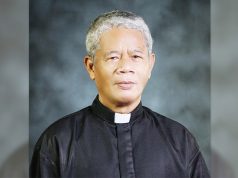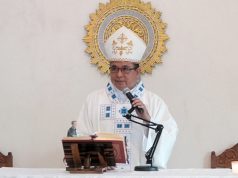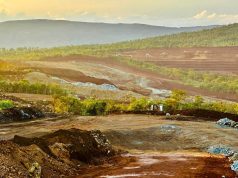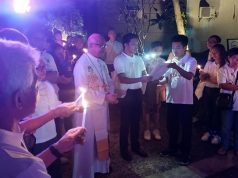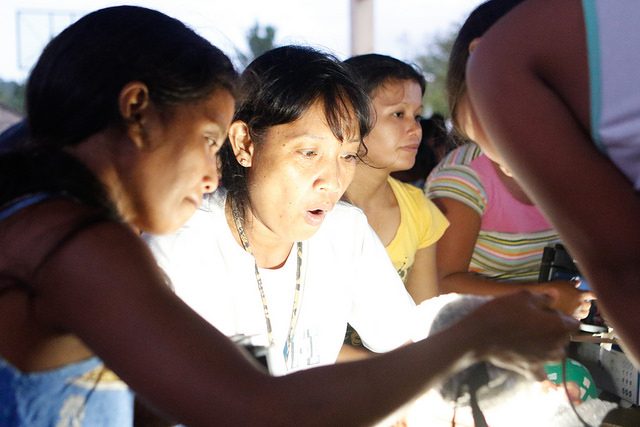
Transformation requires a sense of shared leadership. Effective leadership requires a vision shared by one’s community. Both, it seems, are in abundance in the far-flung island barangay of Suluan in the town of Guiuan in Eastern Samar. The objective: make the big shift away from dirty, expensive fuels to clean, more reliable and affordable renewable energy.
If Guiuan was the first town where Yolanda made landfall four years ago, Suluan was its first island and barangay hit by the supertyphoon. Officials are developing plans that will help make the island more resilient to climate change impacts. Yet merely coping with the climate crisis is not enough for its residents.
Home to some 1,540 residents, mostly depending on fishing and farming for their livelihood, Suluan has never been connected to the main island electricity grid. But just last November 17, the municipal government of Guiuan, under the leadership of Mayor Sheen Gonzales, approved Resolution No. 16 of Suluan’s barangay council calling for Suluan’s transformation into Guiuan’s “renewable energy island capital”.
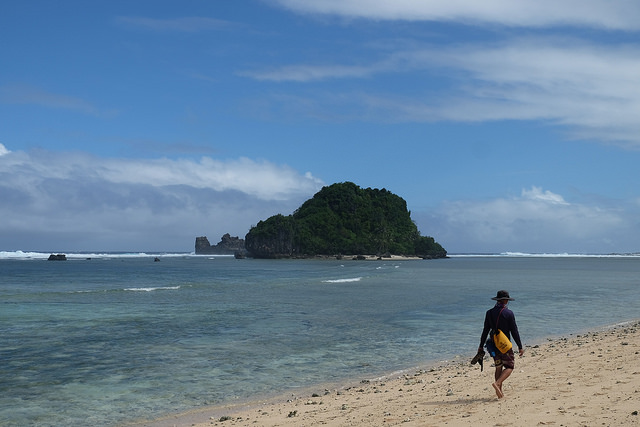
“About 30-kilometers of wide, blue ocean separate us from mainland Guiuan,” said barangay chairperson Cesario Badar Jr. “We have been relying too long on an energy mix of kerosene, diesel generators, batteries, a few solar lamps and small solar home systems for lighting and communication, and to run simple household appliances.”
For almost two years, Suluan residents have been waiting for the completion and full operation of the Small Power Utilities Group (SPUG) Project of the National Power Corporation (NAPOCOR) and Eastern Samar Electric Cooperative (ESAMELCO), built around a diesel generator plant meant to supply electricity to households and power community facilities.
In October, NAPOCOR informed barangay officials that they expect to install a diesel-fueled generator plant by the first quarter of 2018. However, they said the SPUG Project will merely generate eight hours of daily electricity for the island.
Residents became anxious over the uncertainty of regular diesel fuel supply. What if the island were suddenly cut off from power due to bad weather and big waves, if not by another supertyphoon like Yolanda?
Moreover, eight hours of electricity per day is not enough to transform the island into the agro-fishing hub and eco-tourism destination envisioned by its local leaders. As part of the Guiuan Marine Reserve, the island is rich in coral and marine diversity that sustains the local fishing industry. The island is also blessed with a long stretch of white sand beach, rock formations, caves, and the ruins of a historical lighthouse.
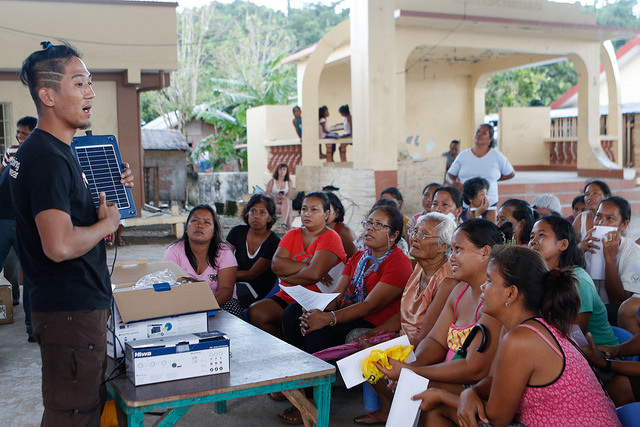
The Institute for Climate and Sustainable Cities (ICSC), through its Access to Better Energy Project supported by Christian Aid, is currently working with Sulong Suluan, a local women’s organization, to test the potential of solar-powered freezers to meet the community’s refrigeration needs. Early this year, ICSC installed solar home systems in more than 50 households in the island.
ICSC is also working closely with Suluan’s municipal council to determine the feasibility of island-wide electrification through a hybrid system combining diesel power with solar and wind microgrids. All this, of course, is possible only because of inspired, committed local leaders who see the importance of building tomorrow today, and who see robust resilience as a necessary partner of low-carbon development goals.
As their island is vulnerable to the effects of warming temperatures around the world, the people of Suluan seem determined not just to adapt and become more resilient to climate change. They also want to transform the way the island is powered, in a way that will give poor households greater access to clean energy and promote modern jobs.
The co-benefit? Suluan’s move toward a more resilient, sustainably-powered local economy will end up contributing to global climate protection. Not bad. Hopefully the rest of the country is also paying attention.
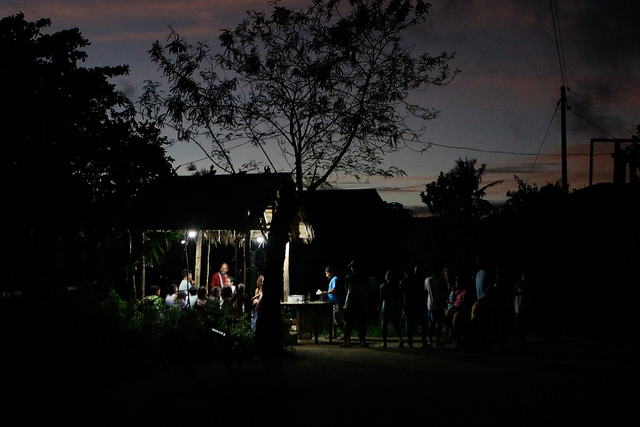
Arturo Tahup is the RE-Charge Pilipinas project coordinator of the Institute for Climate and Sustainable Cities, a Philippine-based group working on climate and energy policy for low-carbon development.




